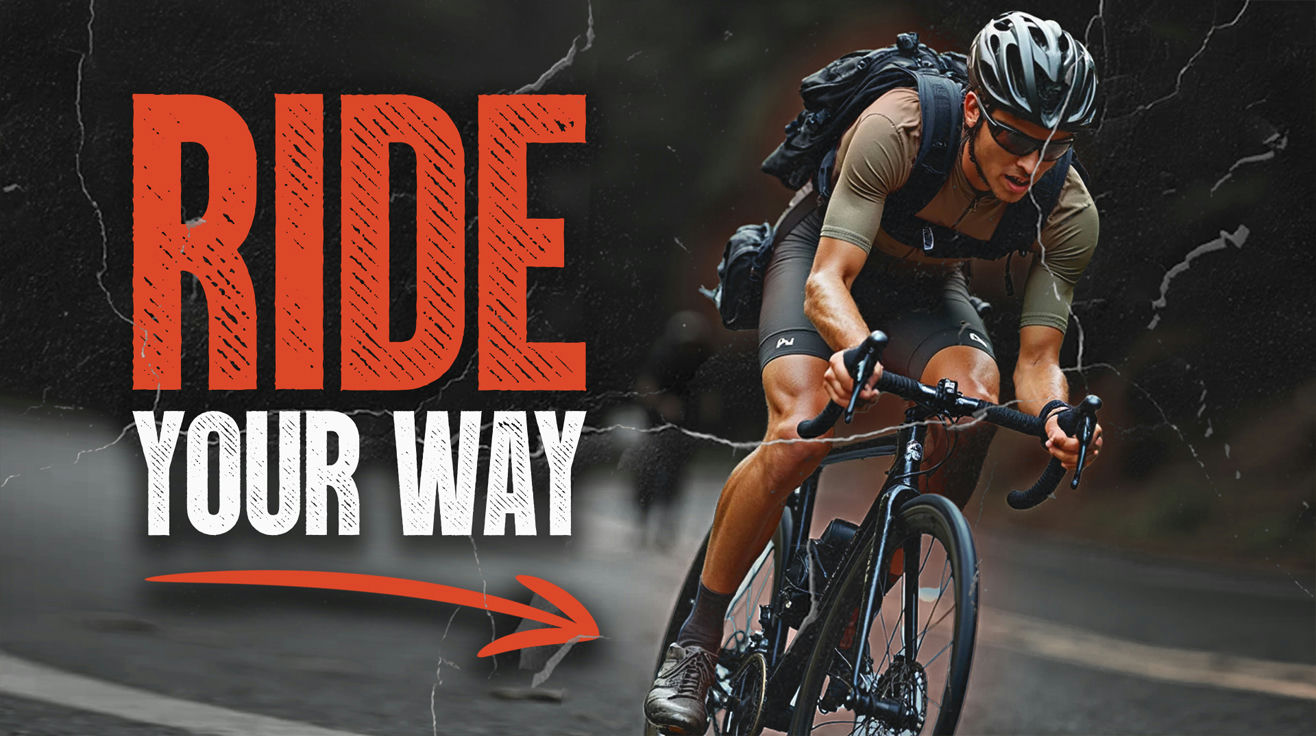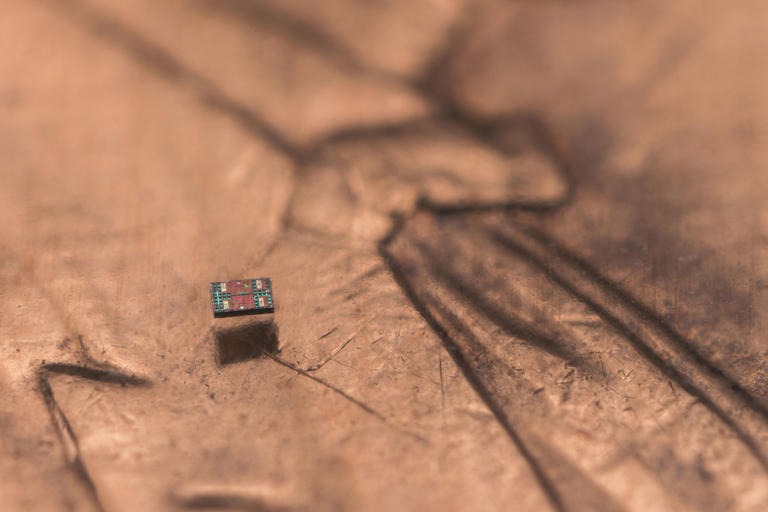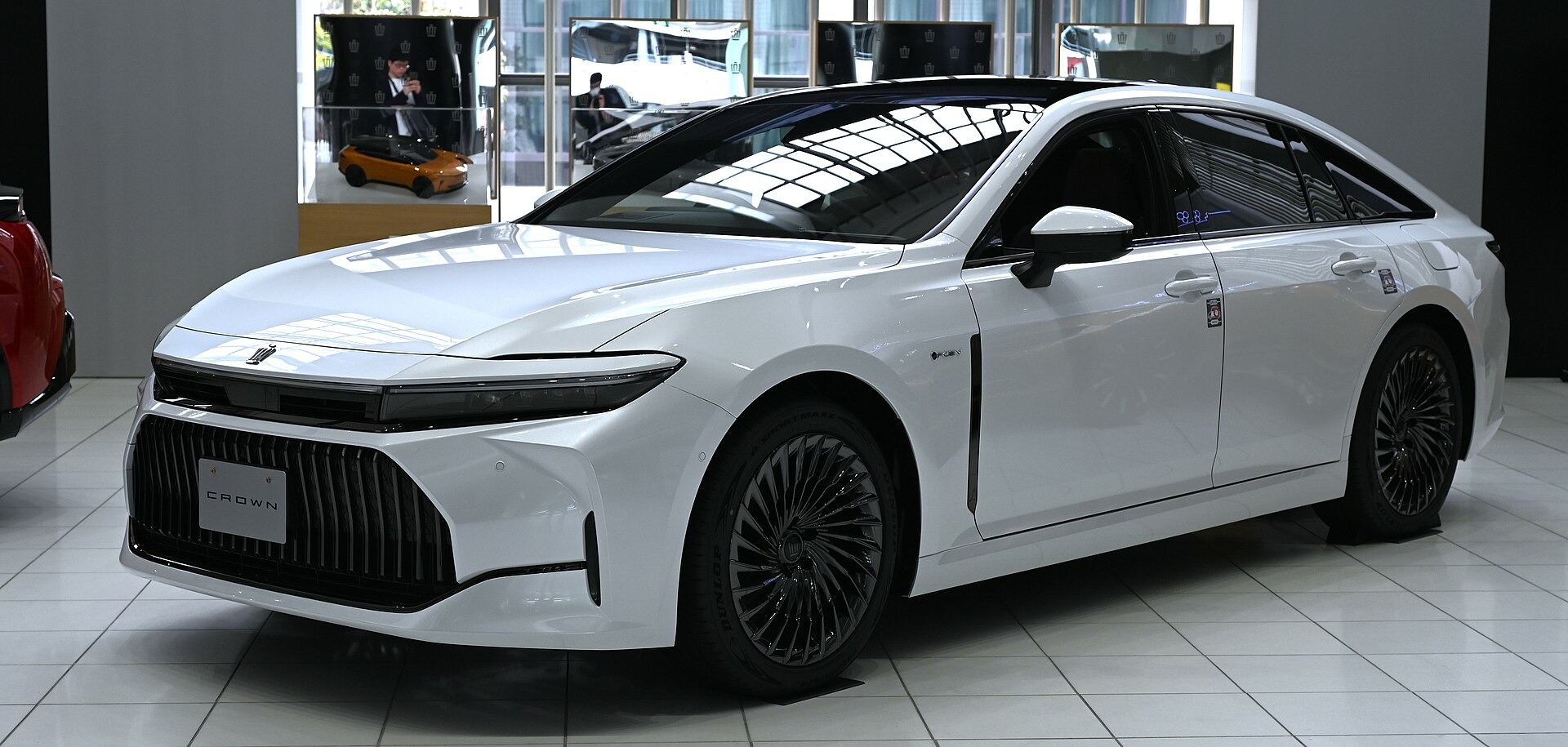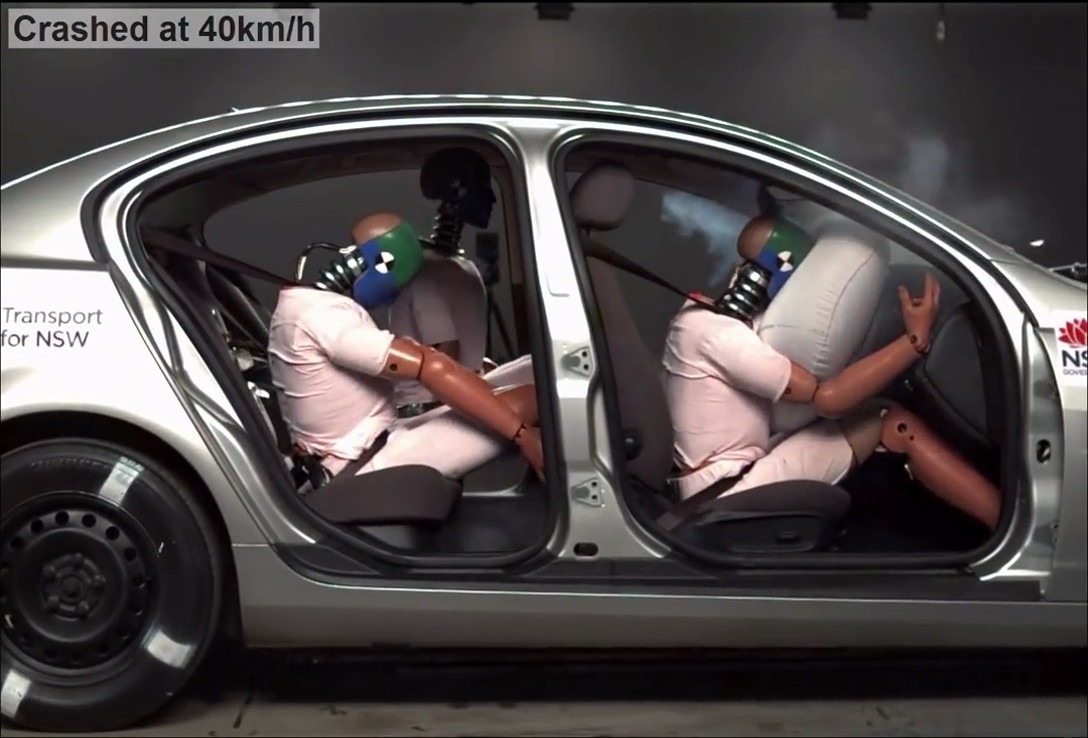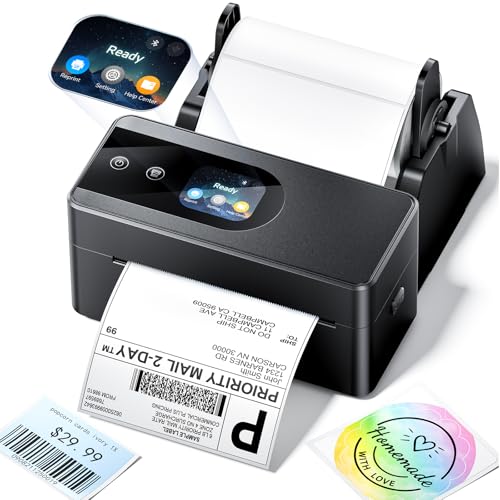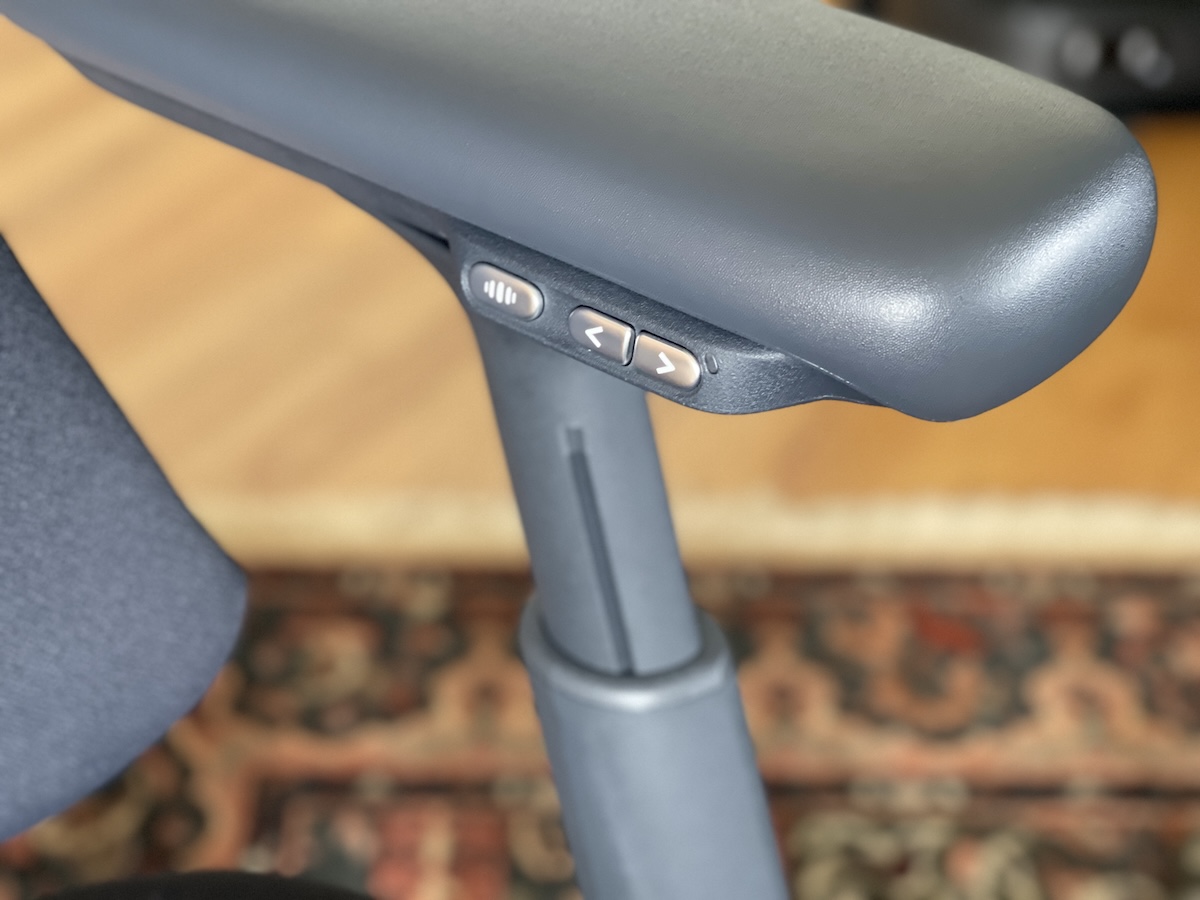Long bike rides aren’t just exercise—they’re endurance tests that separate weekend warriors from serious cyclists. You need strategies that work when your legs scream and your brain runs on fumes.
Forget the trial-and-error approach that wastes years of riding potential because these hard-earned lessons have been battle-tested by riders who measure distance in centuries, not miles. Each insight solves real problems that’ll derail your ride quicker than a flat tire in a thunderstorm.
20. Master Your Pacing

Zone 2 efforts burn fat while preserving glycogen stores for when you need power. That’s why going hard early guarantees suffering later, like blowing your paycheck on the first weekend of the month.
Push into higher heart rate zones too soon and you’ll burn through carbohydrates at an unsustainable rate. Lactate buildup limits duration more than fitness level does, so save the heroics for the final miles when they actually count. And make sure you have a reliable fitness tracker to precisely know your heart rate zone during exercise.
19. Think Time, Not Distance

Fifty kilometers with 1,500 meters of climbing destroys riders who planned for “just a quick 50k.” Distance measurements mislead when terrain varies significantly because online maps show elevation profiles but can’t convey how road surface, wind, and traffic affect actual speed.
Plan rides by time in the saddle rather than miles covered, since heart rate, power output, elevation gain, and weather conditions matter more than odometer readings. Time-based planning provides realistic expectations and prevents disappointment from missing arbitrary distance goals.
18. Shammy Cream Prevents Saddle Hell

The Chamois Butt’r creates an invisible barrier that eliminates chafing during multi-hour rides. Friction destroys long rides more swiftly than mechanical failures, and shammy cream prevents chafing during hours of repetitive pedaling motion—think of it as insurance for your most sensitive real estate.
Some riders swear by it, others never use it, but the physics is simple. Apply generously before rides longer than your usual distance, and your skin will thank you when everyone else winces during the post-ride coffee stop.
17. Don’t Let Dead Batteries Kill Your Ride
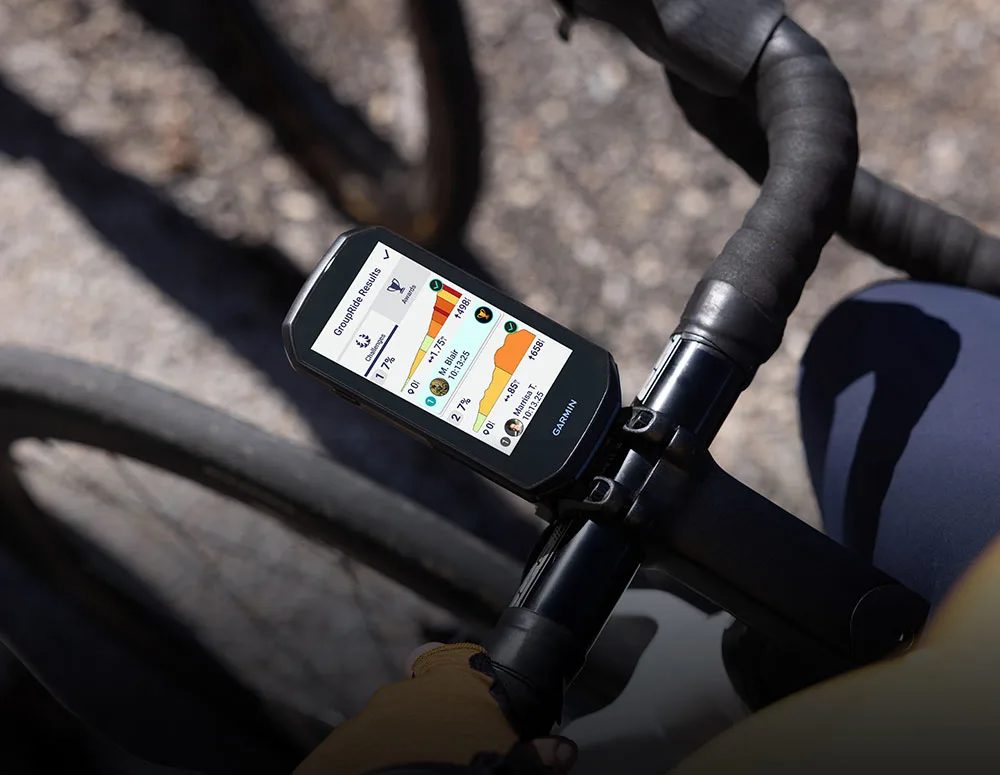
The Garmin Edge dies right when you need navigation most—Murphy’s Law for cyclists everywhere. GPS tracking, power data, navigation all depend on battery life that manufacturers consistently overestimate in their marketing materials.
Carry a small battery pack in your top tube bag with charging cables for critical electronics, while USB ports on frame bags allow on-the-go charging without stopping. Dead batteries turn even top road bikes into analog machines that can’t tell you where you are.
16. Research Your Route
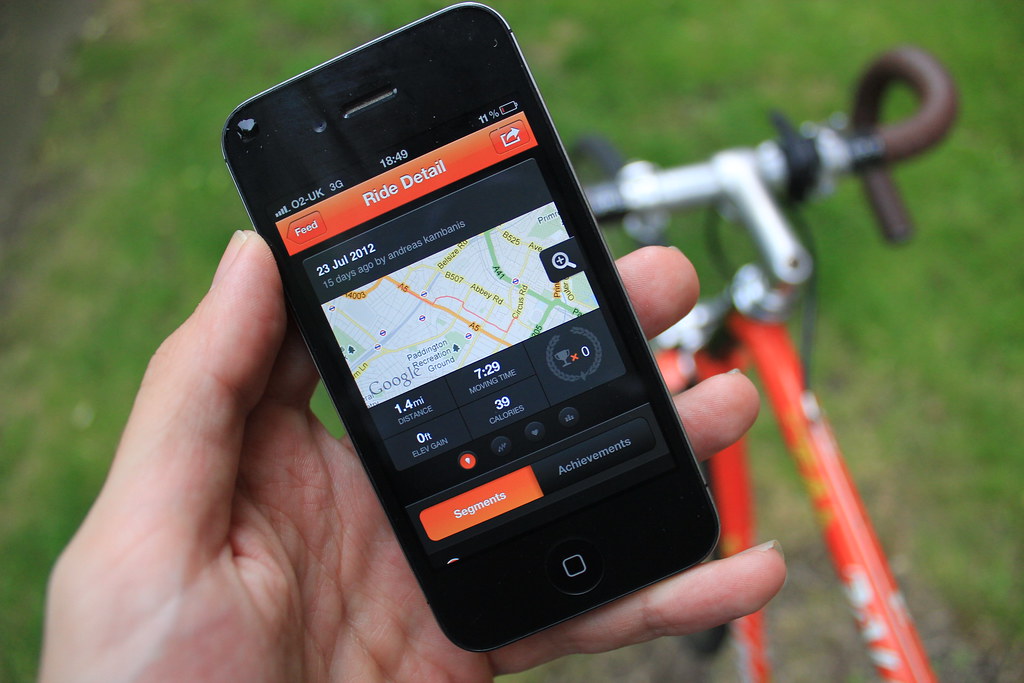
Chip seal versus smooth pavement changes your speed by 2-3 mph over distance and that’s huge for century planning. Google Street View reveals road surface conditions that maps can’t show you.
Strava segments and Ride with GPS provide rider-generated data about actual conditions, so check recent comments for construction, road closures, or seasonal hazards. Route knowledge prevents unpleasant surprises that can derail carefully planned rides and ruin your day.
15. Multiple Bib Shorts Matter

Heading out for back-to-back centuries? The Rapha Pro Team shorts rotate with Pearl Izumi for pressure point variety. Each manufacturer cuts chamois differently, places seams in unique locations, and uses varying pad densities—what feels perfect on day one might create hot spots by day three.
Different shorts distribute pressure across different areas of your anatomy, and alternating between pairs keeps any single pressure point from developing into a ride-ending problem. Comfort multiplies exponentially when you’re not fighting the same friction points mile after mile.
14. Plan for Murphy’s Law

Stranded 40 miles from home with a snapped chain? The Park Tool CT-5 mini chain tool becomes your salvation, because mechanical failures happen when you’re farthest from help—it’s practically a law of physics for cyclists.
Add a rain shell, buff, emergency food, and cash for unexpected situations because weather changes and routes close. Tell someone your planned route and expected return time since cell coverage disappears in rural areas where the best rides happen.
13. Nail Your Fueling Strategy

Bonking at mile 60 ends more rides than mechanical failures. Smart fueling prevents this entirely, so eat before hunger hits, drink before thirst kicks in—your stomach processes about 200-300 calories per hour during steady efforts.
Real food works better than expensive gels for most riders, since bananas, energy bars, even candy work fine if they stay down and taste good when you’re suffering. Simple beats sophisticated when you’re 40 miles from home and running on empty fumes.
12. Optimize Your Bike Storage

Frame bags instantly solve the problem of jerseys pulling down from the pocket weight. Jersey pockets loaded with tools create a sloppy mess that throws off your center of gravity like carrying groceries on one shoulder.
Frame bags position weight where it belongs, low and centered, while top tube bags keep snacks within arm’s reach without awkward pocket fumbling. Saddle bags handle the bulk without turning you into a pack mule struggling uphill.
11. Master Group Riding Dynamics
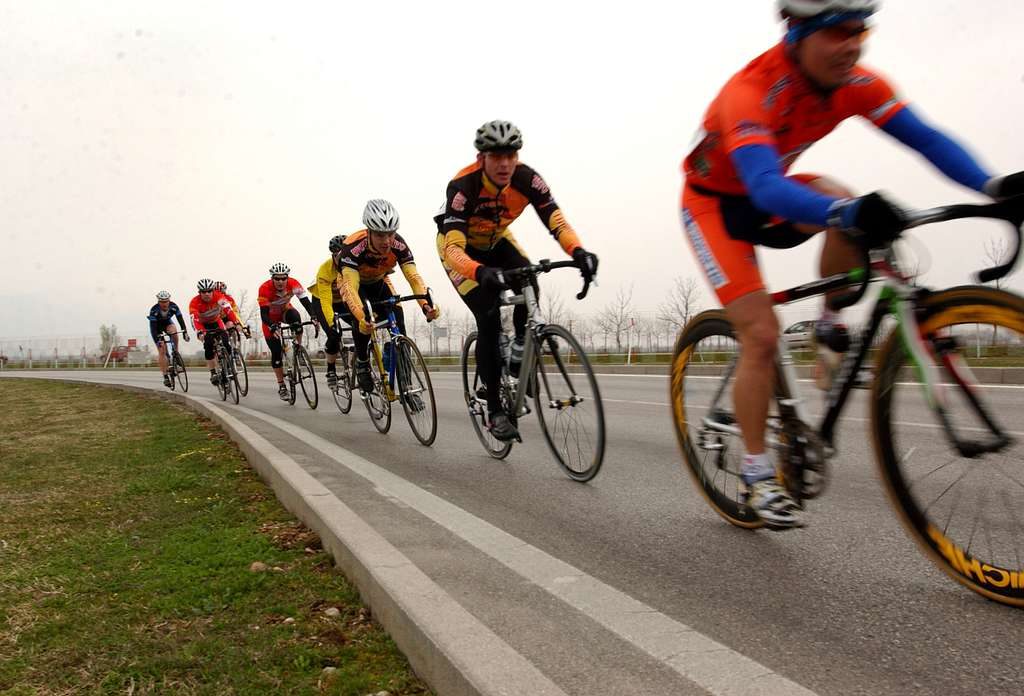
Riding behind someone reduces energy by 30%—that’s the difference between finishing strong or crawling home. Drafting makes riding in someone’s slipstream at 300 watts feel like solo efforts requiring 400 watts, and group riding skills multiply your range to make impossible distances suddenly achievable.
Effective pacelines involve shared work and strategic positioning where stronger riders pull longer while weaker riders recover in the draft. Communication and predictable movements keep everyone safe and efficient because Tour de France teams master these techniques for good reason.
10. Choose Mountain Bike Shoes
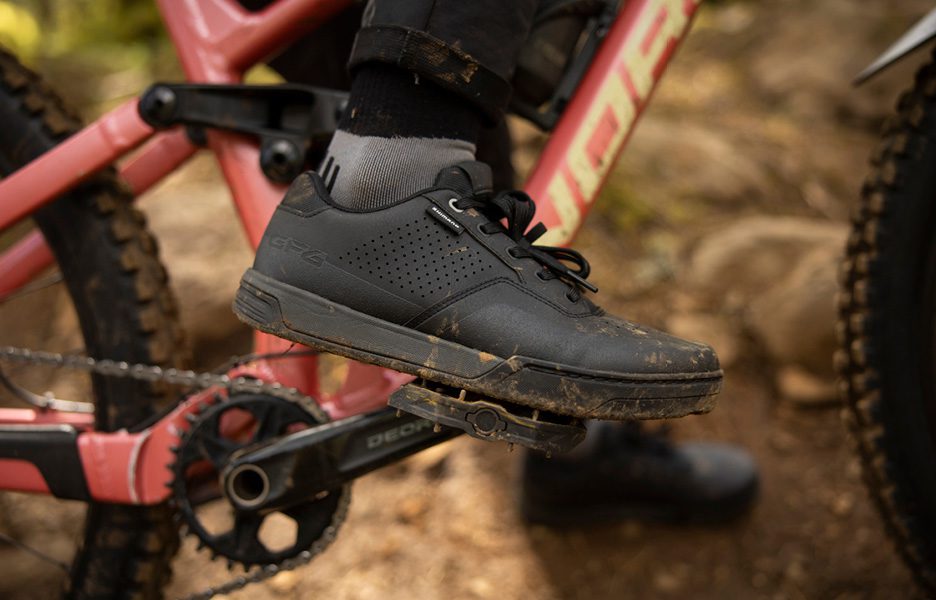
The Shimano SH-XC7 delivers road-like power transfer while letting you walk normally at coffee stops. Mountain bike shoes offer versatility that road shoes can’t match and you can actually walk in them without looking ridiculous or risking injury on slippery surfaces.
Modern mountain bike shoes deliver road-like efficiency with practical benefits, since easier entry and exit from pedals matters during long rides with frequent stops. The Shimano SPD system works reliably in all conditions while sacrificing minimal efficiency.
9. Keep Your Chain Happy
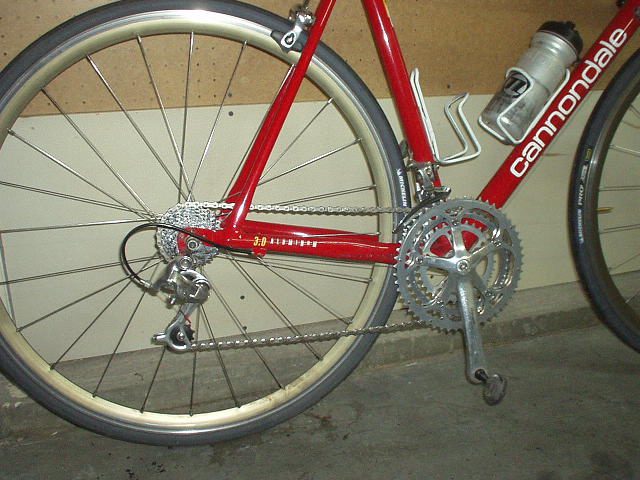
If you’re hearing grinding sounds from your drivetrain, you’re already damaging expensive components. Chain maintenance extends component life and improves shifting performance dramatically, because dry chains create grinding sounds that signal accelerated wear across your entire drivetrain. It’s like running your car engine without oil and expecting good results.
Proper lubrication reduces friction, making each pedal stroke more efficient, so clean your chain after muddy rides because dirt acts like grinding paste. A $10 bottle of chain lube protects hundreds of dollars in drivetrain components from premature replacement.
8. Invest in Quality Bib Shorts

The Assos Mille GT bibs eliminate pressure points while keeping everything positioned correctly for 6+ hour rides. Bib shorts with integrated padding provide crucial cushioning for extended saddle time, and shoulder straps prevent waistband pressure without sliding around like cheap alternatives.
Proper fit eliminates sliding and bunching that creates friction hot spots, while quality chamois design distributes pressure evenly while managing moisture effectively. Cheap shorts create more problems than they solve, so invest in gear that handles serious mileage without falling apart.
7. Carry Spare Tubes

Patching tubes in freezing rain while your group waits tests everyone’s patience, but spare tubes solve this nightmare instantly. Roadside puncture repairs waste time and test patience when conditions are miserable, like trying to perform surgery in a hurricane.
Spare tubes get you rolling quickly so you can fix the punctured tube at home, and even tubeless setups benefit from backup tubes for catastrophic tire failures. Quick tube swaps beat struggling with patches and glue when daylight is fading fast.
6. Accept the Mental Low Points

Mental walls hit every cyclist around mile 50, but preparation makes the difference between quitting and pushing through. Research shows endurance athletes experience predictable psychological dips during extended efforts, like hitting a wall made of doubt and fatigue.
Professional cyclists know this pattern intimately and push through anyway, so keep the pedals turning when doubt creeps in—focus on the next mile marker, not the remaining distance. Mental resilience builds through experience, not wishful thinking or motivational posters.
5. Prioritize Post-Ride Recovery

Your glycogen window closes in 15-30 minutes, and the Chocolate Milk Recovery drink maximizes this opportunity perfectly. Recovery begins immediately after finishing long efforts, and carbohydrates, protein, or regular food all work fine as long as you get calories in quickly.
Sleep and nutrition drive recovery more than any other factors combined, while delayed refueling extends recovery time and reduces your ability to handle back-to-back long rides. Pack recovery drinks or plan post-ride food stops because taking care of your body determines how quickly you can do it again.
4. Maintain a Clean Drivetrain
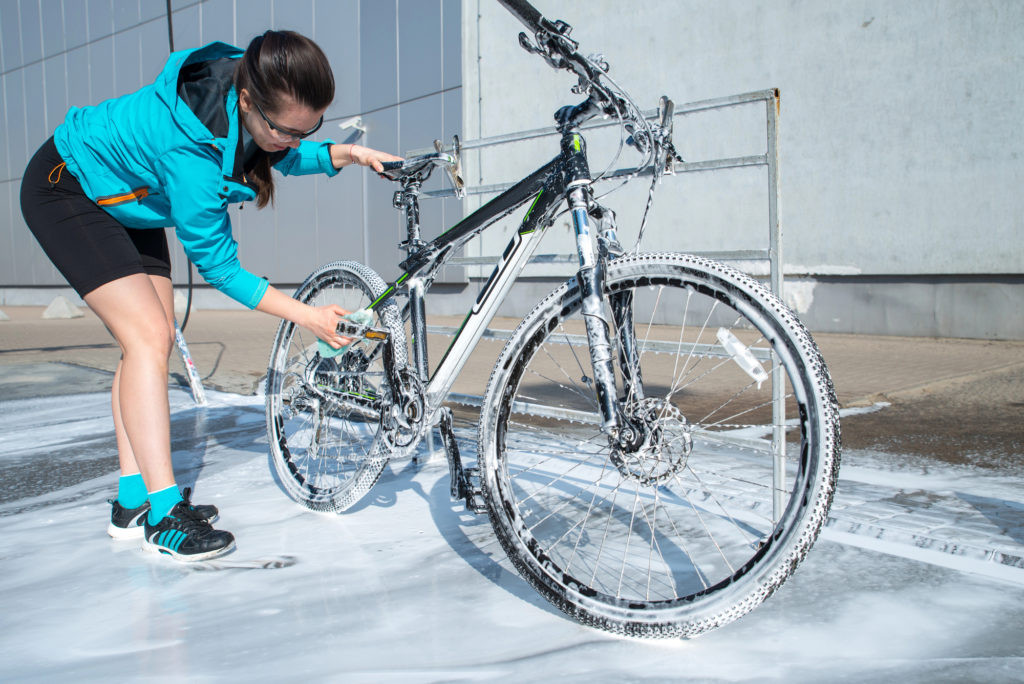
The SRAM Red AXS drivetrain costs $2,000, but neglect kills it in three muddy months flat. Dirty drivetrains accelerate component wear exponentially because grit and grime act like grinding paste that destroys expensive cassettes, chains, and chainrings.
Wash your bike with warm soapy water after dirty rides, while degreasing products like GT85 and chain-specific cleaners remove buildup effectively when used regularly. Follow cleaning with fresh lubrication because regular maintenance saves money and improves performance significantly.
3. Layer Like a Pro

For those who are climbing at 8 mph then descending at 35 mph, the Castelli Perfetto vest adapts to both extremes perfectly. Temperature swings during long rides demand clothing flexibility because thick winter jackets work for steady efforts but create overheating problems on variable terrain.
Base layers plus removable outer shells adapt to changing conditions better than single heavy garments, while sleeveless vests provide core warmth without arm restriction and pack small when removed. Effective layering systems handle weather changes without requiring complete outfit changes.
2. Fuel Your Engine

Glycogen depletion hits harder than altitude sickness on long climbs—real food prevents this crash better than gels. Your body burns through glycogen stores during extended efforts more rapidly than you think, and real food often works better than engineered nutrition products because it tastes good when you’re suffering and provides mental relief.
Eating regularly prevents the energy crashes that end rides prematurely, so keep something edible in your pocket at all times because hunger hits faster than expected. Recovery starts with immediate post-ride nutrition—get calories in within 15 minutes of finishing.
1. Ignore the Unwritten Rules
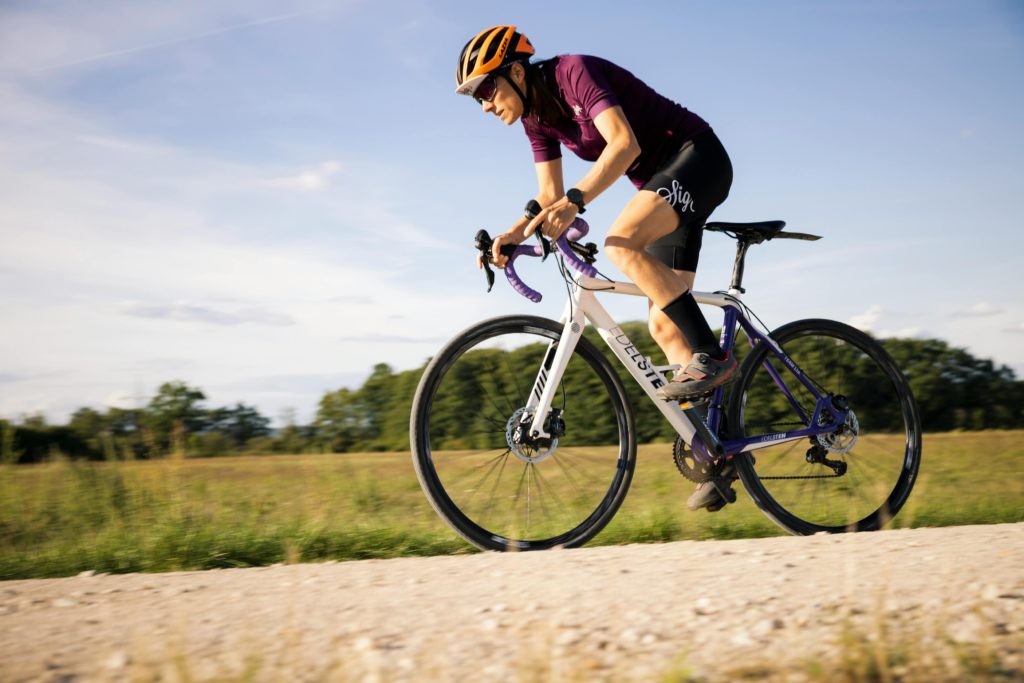
If you’re feeling pressure to buy carbon wheels before you can ride 100 miles, the cycling industry has succeeded. Cycling culture creates unnecessary pressure about equipment, clothing, and riding style that benefits nobody except retailers.
Your bike setup, gear choices, and riding approach are personal decisions where performance matters more than appearance. Comfort trumps convention every single time, while the cycling industry profits from insecurity about proper equipment and techniques, so ride for yourself instead of seeking approval from strangers.


